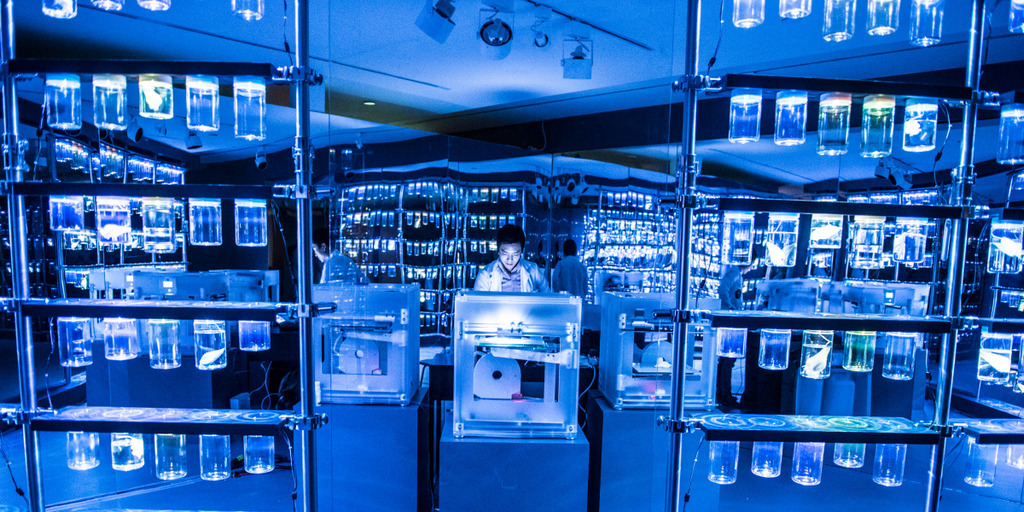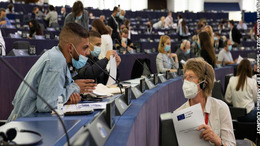After the economic crisis, regional disparities re-emerged in heightened form across the EU and its Member States. Researchers observed a core-periphery pattern with the economically strong regions in the centre surrounded by relatively deprived neighbours.
The European Union structural and investment policy aims at alleviating with economic and social disparities across Europe. The funds disbursed through it support regions with below-average GDP. After the 2014 launch of the research programme Horizon 2020, policy makers hoped to turn structural and cohesion policy, in particular, the European Regional Development Fund, into an “innovation booster”. Over the period 2014-2020, resources from EU funds of EUR 351.8 billion were allocated to cohesion policy alone – a sum amounting to a third of the overall EU budget.
However, the effectiveness of these polices remains debated. Economists have analysed the policy’s effects on strengthening innovation – so far with mixed findings. With the upcoming negotiations on the EU’s multiannual financial framework (MFF), there is a need to evaluate the effectiveness of measures to foster innovation-led growth in the EU. This policy paper analyses whether EU regional policy fulfils its mandate of fostering innovation across EU regions.
We use data from Eurostat and the European Commission to illustrate the link between funding for innovation, allocated through the ERDF, and innovation indicators at NUTS2 level. Interestingly, ERDF funding reflects the core-periphery pattern of the observed innovation gap across European regions. In line with existing research, we show that R&D expenditure contributes to higher GDP per capita and vice versa. However, we do not observe any direct impact of ERDF funding on R&D expenditure. We therefore need to strengthen local governance capacities and research networks over and above purely monetary measures to foster regional innovation across Europe.







